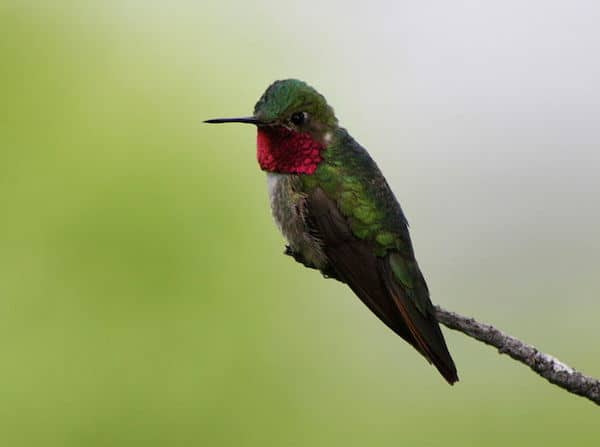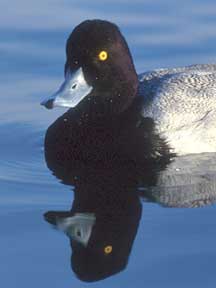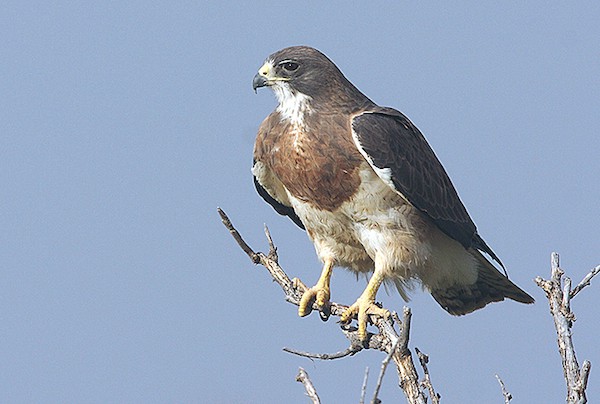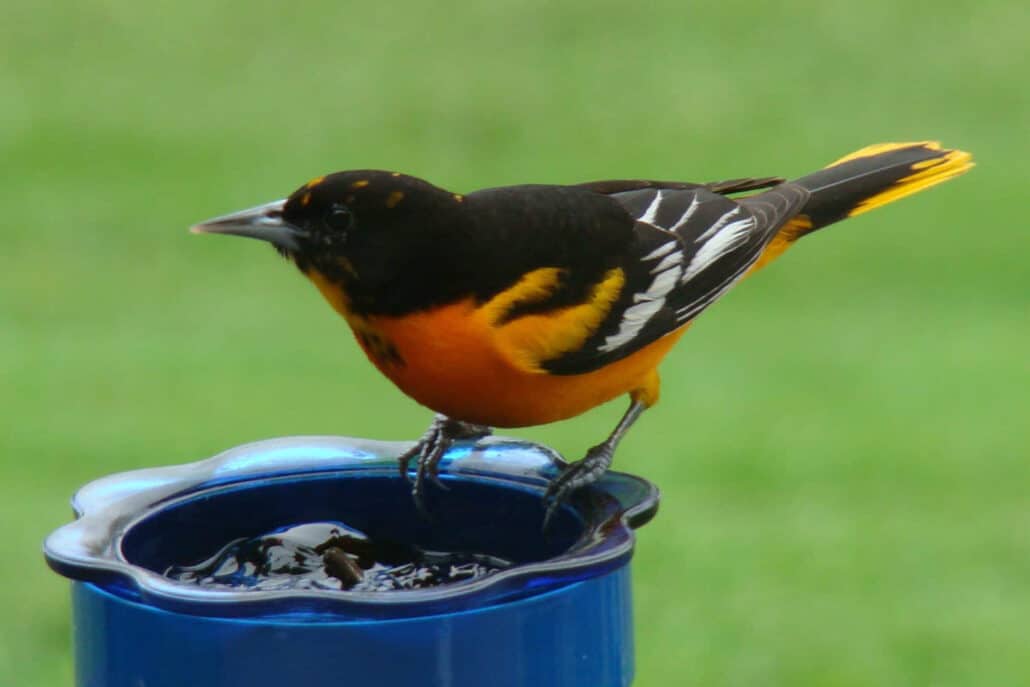Males arrive first at the upper elevations and they stake their claims to territories by means of a towering dive display. Hovering at the top of the display, they can spy intruders as well as potential mates. Females are allowed to enter and feed, giving the territory owner an opportunity to impress them.
Females select nest sites away from male territories and nectar supplies. There they construct it using plant materials and spider webbing or silk from cocoons. The interior may be cushioned with down from willows or cottonwoods. The nest may vary considerably in size, but the exterior is clad in lichens, bits of bark, or fine grasses. Pilfering of materials from other hummingbirds’ nests is frequent.
The nesting season for these birds is short and sweet. First arrivals often precede the flowering of favored wildflowers by a couple of weeks, so insects and sap must fuel the initial courtship. Youngsters have little time to learn the basic skills of life before they wing their way southward to Mexico to avoid early autumn snowfalls.




